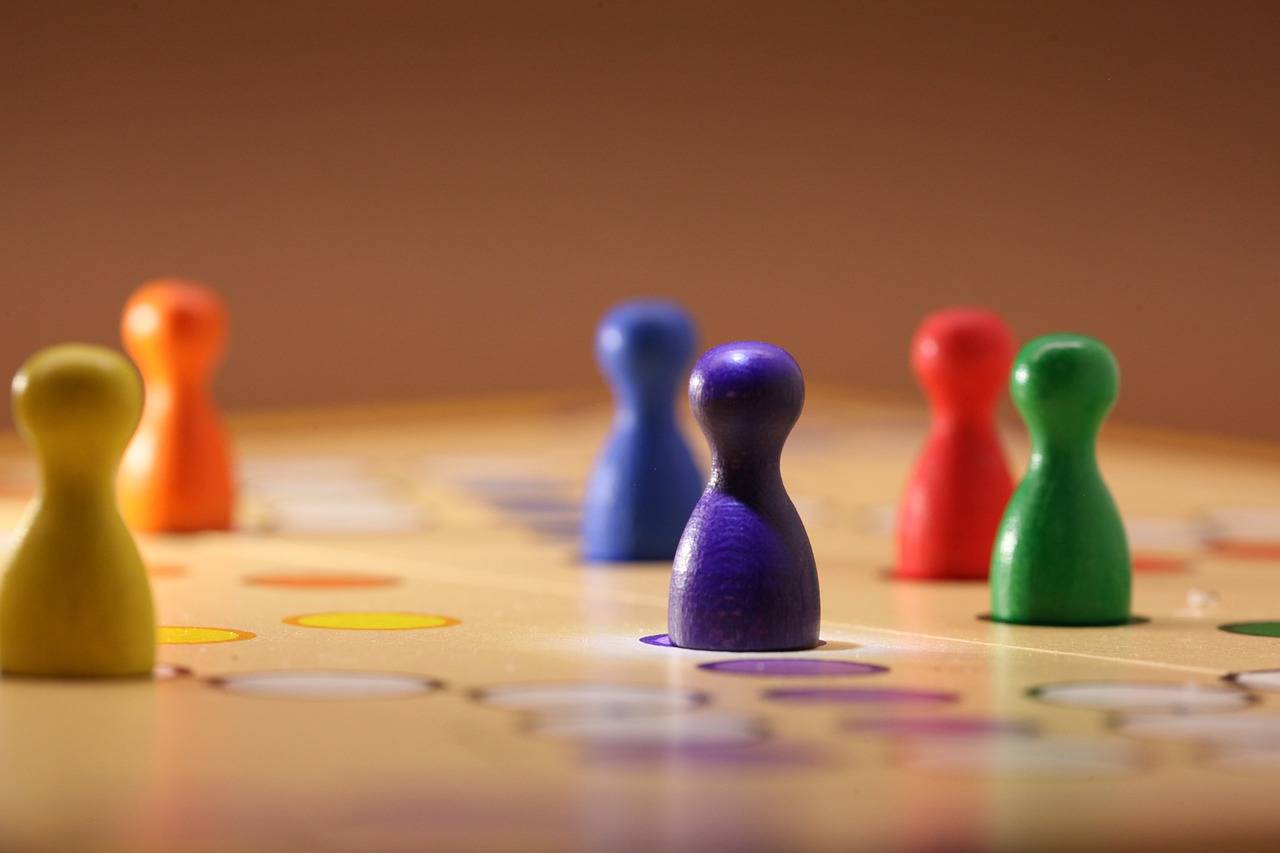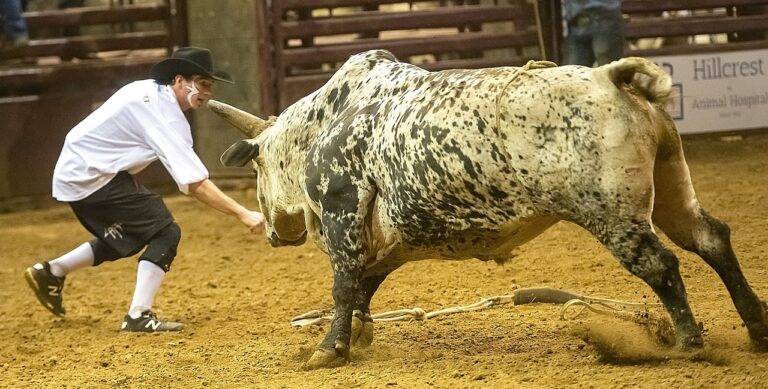The Art of Puppetry in Theatre: Bringing Characters to Life
The art of puppetry has a storied history, tracing back centuries to ancient civilizations such as the Greeks and Romans. Puppetry initially served as a form of entertainment and storytelling, captivating audiences with its creativity and ingenuity. Over time, puppetry evolved to become a cherished tradition in theatrical performances, blending elements of artistry and performance into a mesmerizing display of talent and skill.
Throughout the years, puppetry has taken on various forms and styles, adapting to different cultures and regions around the world. From shadow puppetry in Asia to hand puppetry in Europe, each technique carries its own unique charm and beauty. As puppetry continued to flourish, it became a versatile medium for conveying messages, themes, and emotions, transcending language barriers and connecting people through the shared experience of live performance.
Different Types of Puppetry Techniques
Puppetry techniques encompass a diverse range of styles and methods that have captivated audiences for centuries. One common form is the traditional hand puppet, where a puppeteer uses their hand to manipulate the character’s movements and expressions. This type of puppetry is often used in children’s entertainment and storytelling.
Another popular technique is shadow puppetry, where intricately designed puppets are used behind a screen to cast shadows that tell a visual story. This ancient art form requires precise coordination and control to create captivating visual effects. Shadow puppetry is often seen in cultural performances and educational settings, adding a magical element to the storytelling experience.
What is the history of puppetry in theatre?
Puppetry has been used in theatre for thousands of years, with evidence of puppetry dating back to ancient civilizations such as Egypt, Greece, and Rome. Puppetry has evolved over time and has been used in various cultures around the world for entertainment, storytelling, and cultural expression.
What are some different types of puppetry techniques?
There are several different types of puppetry techniques, including hand puppets, rod puppets, shadow puppets, marionettes, and puppetry using objects. Each technique involves different ways of manipulating puppets to bring them to life on stage.
How are hand puppets different from other types of puppets?
Hand puppets are puppets that are controlled by the puppeteer’s hand inside the puppet, allowing the puppeteer to move the puppet’s head, arms, and sometimes mouth. This type of puppetry is commonly used in children’s puppet shows and is often seen in television programs and movies.
What is shadow puppetry?
Shadow puppetry is a type of puppetry in which puppets are manipulated behind a screen, with a light source casting shadows of the puppets onto the screen. This technique is often used in traditional Asian puppetry and can create beautiful and intricate visual effects.
How are marionettes different from other types of puppets?
Marionettes are puppets that are controlled by strings or wires attached to a control rod. The puppeteer uses the control rod to move the puppet’s limbs and create lifelike movements. Marionettes are often used in more intricate and detailed puppet shows, requiring a high level of skill and precision from the puppeteer.





